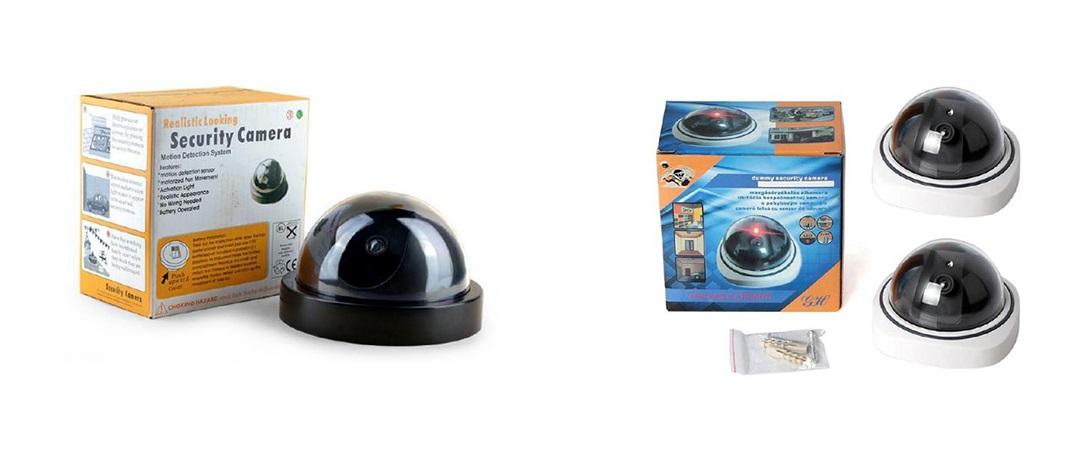Re-Appropriating the Conventional: In Conversation with Nihaal Faizal
Nihaal Faizal’s artistic practice responds to the copy, the replica, the remake, the gadget and the gimmick. Grounding his enquiries around stock videos, popular films, family photographs and desktop wallpapers, Faizal’s intervention responds to found objects. His process is often a re-appropriation that makes one curious about ideas of authorship, materiality and cultural memory. In many cases, however, Faizal is content with simply presenting or pointing to the found object he chooses to focus his attention on. He notes, “With some documents and objects, I realised that there is very little I can do. Sometimes just bringing it to notice is enough.”
In this edited excerpt of a conversation, Faizal delves into his earliest interactions with digital technology, how he came about his practice and exploring the creative potential that the gadget and the copy or replica present.

Ankita Ghosh (AG): Your artistic practice is largely premised on the idea of found photographs, archival footage from family albums, YouTube videos, film footage and certain elements from popular culture. What do “found objects” mean to you, and how do they feature within your artistic practice?
Nihaal Faizal (NF): As you mentioned, I work a lot with found material, and for me, this way of working really began with the series Landscape Photographs (2014). Until then, I had been really caught up in trying to create a unique or “original” photographic image—whether through analogue or digital means. But 2014 was something of a turning point, and I stopped working that way very consciously. Mainly, it had to do with this realisation that I could not compete with the flood of images on the internet—on social media, Flickr, etc. And so I began to really think about photography. I started by asking myself what the most memorable photographs in my life were. Of course, there were pictures from family albums and personal pictures, but the ones that I could not shake off were the Windows XP desktop backgrounds. I realised that these images encapsulated what photography was for me then—what it promised, what it could achieve and what it presented. In thinking of these as very important photographs, as landmark moments in that history, I failed to place an author behind them. Taking that place was a corporation, the entity responsible not for the photograph’s creation but for its circulation. And that, to me, highlighted the failure of that way of working, of that pursuit.
Since then, I have been working with found images and lately also with objects, such as in Dummy (2022). Engaging this way, my works become responses, and it is not necessary that I sit down and make something. Sometimes, when I find a document that interests me or affects me, I think of how I can bring the aspect of it that fascinates me into sharper focus. In the case of Landscape Photographs, I achieved this by re-photographing those images, inviting the flash of my camera into the frame, as if it were the sun illuminating those landscapes. But sometimes, what I can do is often limited, and this is a limitation imposed by the document itself. In these cases, I have found that sometimes just bringing it to notice is enough—just pointing it out. And that is what happened with Dummy, where I did not change, take away, or add anything. I just wanted to activate it.

AG: You often draw attention to the various ways in which a document moves across different mediums and through different contexts. How does your intervention change with each body of work?
NF: In working with found objects, the most frequent impulse I have is to alter them. Even if this is a very slight gesture, an alteration produces a totally different object, such as in Landscape Photographs. But in the case of Dummy, I did not wish to alter anything; I wanted to resist that inclination. What is transformed is the object’s context, its location in space, its placement, and the attention directed towards it. When installed in their intended urban or domestic setting, these dummy cameras are meant to be seen, but peripherally. One is supposed to notice them—this is what the red lights are for—but it cannot scream for attention because then it would be taken for granted or become suspect. In the case of this work though, it is not just supposed to be noticed but observed, even closely read.
The decisions that determine which direction to take with a particular document have to be negotiated each time. It is different for each work, even when working with similar objects, and that is why this way of working remains interesting to me. It is a way of looking at and paying close attention to the documents and objects that exist in the world, their origins, contexts, histories and forms.
AG: In this context of your intervention and contribution to the circular photographic movement, could you tell us a bit more about how you look at stock imagery within your work?
NF: In the case of stock images, I was able to identify that they primarily functioned as “stand-ins”—that that was their mode of conceptual operation. For instance, stock images are very clear, they do not allow for any confusion as to what they represent. Yet while remaining so determined, they also have to be fairly blank—their emptiness is what allows other content and context to be added.
In the case of the video red curtains opening (2014), I was interested in a specific kind of stand-in, that of computer-generated imagery (CGI), which often stands in for the photographically real. Over the years, computer-generated images have gotten so good that one can hardly tell the difference anymore. Though they are not photographically produced images, CGI images operate through and mimic photography’s tropes and techniques—of composition, framing and movement.
Another recurring element that I noticed in stock imagery was the green screen, which appears occasionally in red curtains opening, but takes on a more central role in the video four sexy girls hold a green screen at the beach (2014). In a way, the green screen is just an empty surface, but it is also a kind of opening. It is actually a promise of many, many possibilities, and so it is temporarily standing in for what is to come—its replacement. You mentioned movement, and to me, stock images are images in motion. Often, they are images in waiting, a state that implies their readiness to be transported. They await a destination and are incomplete until integrated into an advertisement or some other external context. But the destination may never come, nor is it necessary that there be only one, as stock images get used and reused, sometimes appearing in widely different scenarios.

AG: How did you start interrogating the idea of the gadget as part of your practice? How has this evolved over the years?
NF: Gadgets are very important to me because of how alluring they are as promises. They take me back, in many ways, to my childhood, to growing up while the liberalisation of the Indian economy was unfolding—a moment that coincided with the arrival of digital technology. I used to be fascinated by the gadgets that found their way into my home—the camera, the cassette player, the remote control, the TV and the computer. What all of these things had in common was that they promised other worlds. But what was also similar was how they were all a certain kind of object. They shared an aesthetic form and they were all made from a certain kind of plastic. So I have always been charmed by gadgets, ever since I was a kid.
It was a big deal to own these gadgets, and, looking back, we really took care of them. Though we now know a remote control to be a cheap, replaceable object, back then it was always carefully wrapped in protective plastic to avoid signs of overhandling. But along with gadgets, even the toys I played with had a similar aesthetic. They were all mainly made of plastic, whether they were action figures, make-believe playing sets, or video game consoles. And somewhere, these toys and these gadgets were all really one thing. They were other worlds; they were portals. And maybe this is what I am still after when I make works like Dummy—this feeling of being transported. I find this idea of the gadget to be a very interesting thing and I think about it a lot.

To learn more about Nihaal Faizal’s recent solo shows, revisit Ankita Ghosh’s review of red curtains opening at Chatterjee & Lal and Samira Bose’s review of Special FX at Blueprint12. You can also read Faizal’s poetry in our Fiction section.
All works by Nihaal Faizal. Images courtesy of the artist unless stated otherwise.




